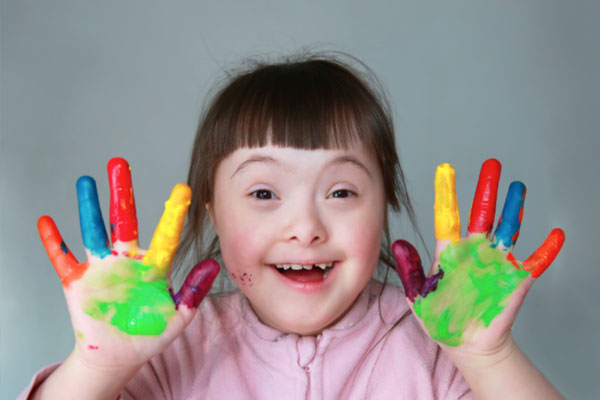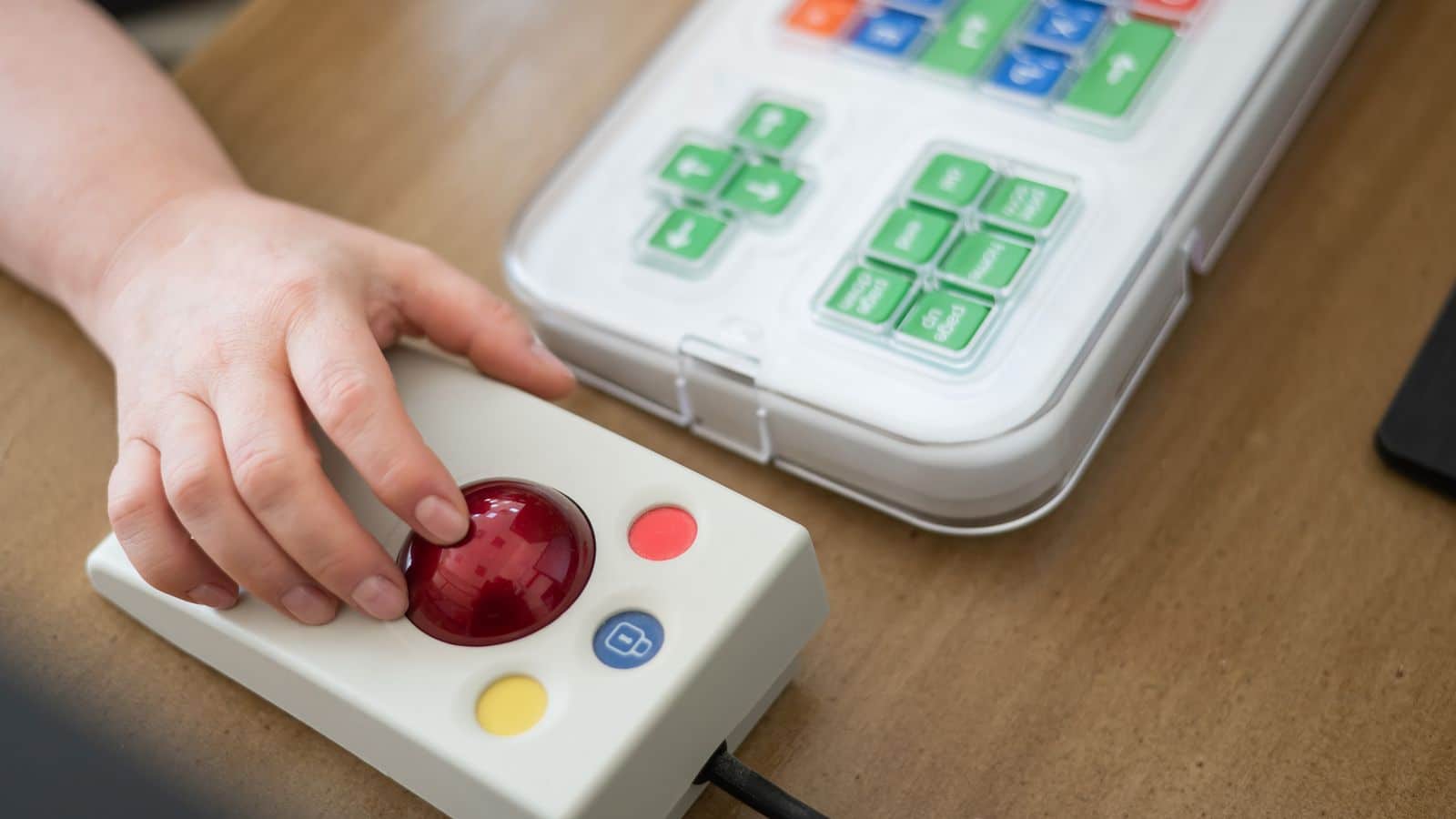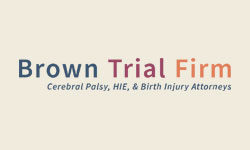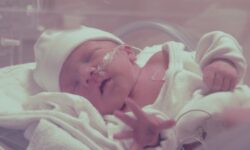Primary Conditions, Secondary Conditions, Associative Conditions, and Co-mitigating Factors
The terminology surrounding conditions related to Cerebral Palsy may seem confusing at first. There are four essential categories. The conditions that fall into these categories are broken up by how they related to CP. Here are some helpful definitions:
Primary conditions: a primary condition is one that is the direct result of having CP.
Secondary conditions: a secondary condition is a complication caused by the primary conditions and is also a direct result of having CP.
Associative conditions: associative conditions are ones that frequently occur with children who have CP but is not caused by the same brain injury as the injury that causes CP.
Co-mitigating factors: a co-mitigating factor is a condition that often occurs with people who have cerebral palsy, but the connection between the condition and CP remains unknown.
In the following sections, we will break down each of these categories of conditions, how they relate to Cerebral Palsy, and what these conditions mean for a person.
Primary Conditions
Cerebral Palsy is often the result of a brain injury near or during birth. The brain injury that causes CP may cause a broad range of conditions related to the muscles in the body.
The primary conditions caused by cerebral palsy include muscle stiffness, weak muscles, poor coordination and balance, posture difficulties, and more. (For a full explanation of these symptoms, read our section on the Symptoms of Cerebral Palsy).
All of these primary conditions stem from the brain injury that causes CP.
Secondary Conditions
Secondary conditions are ones that are complications caused by the primary conditions. These conditions would not occur without the injury that caused the primary conditions, but are the result of the particular primary conditions present in the child.
Common secondary conditions include:
- Difficulty feeding
- Trouble swallowing
- Excessive drooling
- Gastroesophageal Reflux Disease (GERD)
- Strenuous breathing
- Speech impairments
Remember, CP is a condition caused by brain damage that primarily affects muscles and motor control. All of these secondary conditions related to CP because they are caused by problems with the muscles in the mouth or in the throat.
If a child has difficulty controlling the muscles around their mouth and throat, then they are at an increased risk of being affected by one or more of these secondary conditions.
Oral Motor Control
Poor oral motor control can result in what is called “dysphagia,” which is a medical term that means difficulty swallowing. Children who have dysphagia may feel pain when trying to swallow and may have difficulty eating enough food to be well nourished. It is critical for a baby’s developing body to receive good nourishment. If a baby cannot feed on its own, then it may be necessary to have a caretaker provide assistive feeding.
In addition to dysphagia, GERD is a common secondary condition. GERD is a condition where the baby regurgitates food because of a disease in the stomach acid. In severe cases, GERD can cause the child to choke and suffocate, or to develop pneumonia. This condition can be life threatening.
Speech Impairments
Often, children with CP that affects the mouth and throat area have what is called “dysarthria.” Dysarthria is a medical term that means the person has difficulty controlling the lips, the tongue, the vocal folds, or the diaphragm.
Because these muscles are essential for speech, the child may struggle to learn how to talk if these muscles are affected by CP. “Childhood apraxia of speech” is when a child knows what they want to say, but are physically unable to control their muscles to speak.
In our section on Treatments for Cerebral Palsy, we discuss how speech therapy can help address this kind of secondary condition.
Getting help for a child with HIE or Cerebral Palsy
can make a big difference
Because early intervention is often key to helping improve a child’s wellbeing, it’s important to act swiftly. At the Brown Trial Firm, our Houston birth injury attorneys can help you investigate your case, find answers to your questions, and determine whether you are entitled to compensation. We offer case reviews at no cost or obligation. Many birth injuries that cause cerebral palsy could have been prevented.
Associative Conditions
Unlike primary and secondary conditions, associative conditions are ones that often co-occur with CP, but are not caused by the same injury that caused the CP. For example, if head injuries have caused one part of the brain to be injured, it’s possible that another part of the brain may have been also injured.
Here are some of the most common associative conditions:
Intellectual Disabilities
Intellectual disabilities may be caused by a variety of problems, including brain injuries, infections, nutrition, and other developmental issues.
Children with intellectual disabilities typically have lower than average intellectual capacities, and may have a limited ability to learn, reason, and adapt to their environment. As many as half of children with CP also have some form of intellectual disability.
In our Treatments for Cerebral Palsy section, we discuss how occupational therapy can help children with CP and with intellectual disabilities adjust and adapt to their environment at home and at school.
Learning Disabilities
Related to intellectual disabilities, learning disabilities are caused by neurological processing problems. If a child has trouble with language (speaking, learning to read and write), then it can be difficult to learn how to organize their thoughts and learn abstract thinking.
Sometimes children with CP know exactly what they want to do, but have trouble physically executing a task. Learning can also be hindered if a child is deaf or blind.
Blindness and Visual Impairment
The difference between visual impairment and blindness is that visual impairment means that a child’s eyes do not see as well as the average person, while blindness is a complete lack of vision.
Children with CP that also have a visual impairment may have:
- Strabismus (cross-eye)
- Amblyopia (lazy eye)
- Optic atrophy (damage to the optic nerve)
- Nystagmus (uncontrollable twitching of the eyes)
- Visual field defects (trouble seeing on one side)
- Refractive errors (a wide range of nearsightedness, farsightedness, astigmatism, or blurred vision)
In our section on Treatments for Cerebral Palsy, we talk about how therapists can help a child with visual impairments or blindness (as well as their families) overcome these learning sensory impairments and the related learning disabilities that often accompany them.
Deafness and Hearing Loss
Like blindness and visual impairment, hearing loss means a partial loss of hearing while deafness means a total loss of hearing. There are four broad categories of hearing loss:
Conductive hearing loss refers to problems with the outer or middle ear, and the person may only be able to hear faint sounds.
Sensorineural hearing loss refers to injuries of the cochlea (inner ear) or auditory nerve. People with damage to the cochlea or auditory nerve often have trouble hearing even faint sounds.
Mixed hearing loss is when a combination of conductive and sensorineural hearing loss are both present.
Central hearing loss refers to when there is nothing damaged with the ear itself, but rather the central nervous system is damaged. When a person has central hearing loss, they may be able to hear normally, but are unable to understand language.
Our section on Treatments for Cerebral Palsy also discusses treatment options and therapy for children with CP who are affected by hearing loss or deafness.
Sensory Impairments
Children with CP may also have a heightened or reduced ability to process information from the senses. In either case, children may develop behavioral problems caused by being exposed to too much or too little sensory stimulus.
Children that are hypersensitive or hyposensitive to touch (heightened sense vs reduced sense of touch) may also have trouble playing. Hypersensitive children may feel uncomfortable contacting various objects and surfaces, while hyposensitive children may play too rough or seem to feel less pain.
Seizures
Epilepsy is a common condition associated with CP. Seizures are caused by sudden bursts of electrical activity that may cause involuntary movements, limit awareness, and affect behavior. For the safety of a child and those around the child, it is important for parents and caretakers to understand what to do in the event of a seizure.
Seizures are also a common early indication that a child may have CP. If a newborn starts having seizures within the first few weeks of being born, you should talk to your doctor about Cerebral Palsy.
Learn how adaptive equipment and assistive technology can improve the lives of kids with cerebral palsy and other birth injuries.
Co-mitigating Factors
ADHD and Autism are the two common co-mitigating factors related to CP. While we may not fully understand these conditions or how they relate to CP, these conditions sometimes occur in children who have Cerebral Palsy.
ADHD, or attention-deficit hyperactivity disorder, refers to when a child has difficulty concentrating and is easily distracted. ADHD can make it difficult for a child to learn and navigate the education system.
Autism refers to a group of brain development disorders that includes social impairments, obsessive patterns of behavior, and can include speech and language impairments.
About 3-5% of children have ADHD and it’s more common in children with CP than in children without CP. Approximately 7% of children with CP have some form of Autism, as compared to 1-2% of children who have autism in the general population.
For a more detailed explanation of treatment options for CP and for conditions related to CP, see our Treatments for Cerebral Palsy section.
In our next section, we have compiled Community Resources that can help families and children affected by Cerebral Palsy. Keep reading to learn more.
Sources:
What is Cerebral Palsy? | CDC. (2018). Centers for Disease Control and Prevention. Retrieved 7 November 2019, from https://www.cdc.gov/ncbddd/cp/facts.html
Cerebral Palsy Association Conditions. (2019). Physiopedia. Retrieved 7 November 2019, from https://www.physio-pedia.com/Cerebral_Palsy_Association_Conditions
disability, I. (2019). Intellectual disability: MedlinePlus Medical Encyclopedia. Medlineplus.gov. Retrieved 7 November 2019, from https://medlineplus.gov/ency/article/001523.htm




